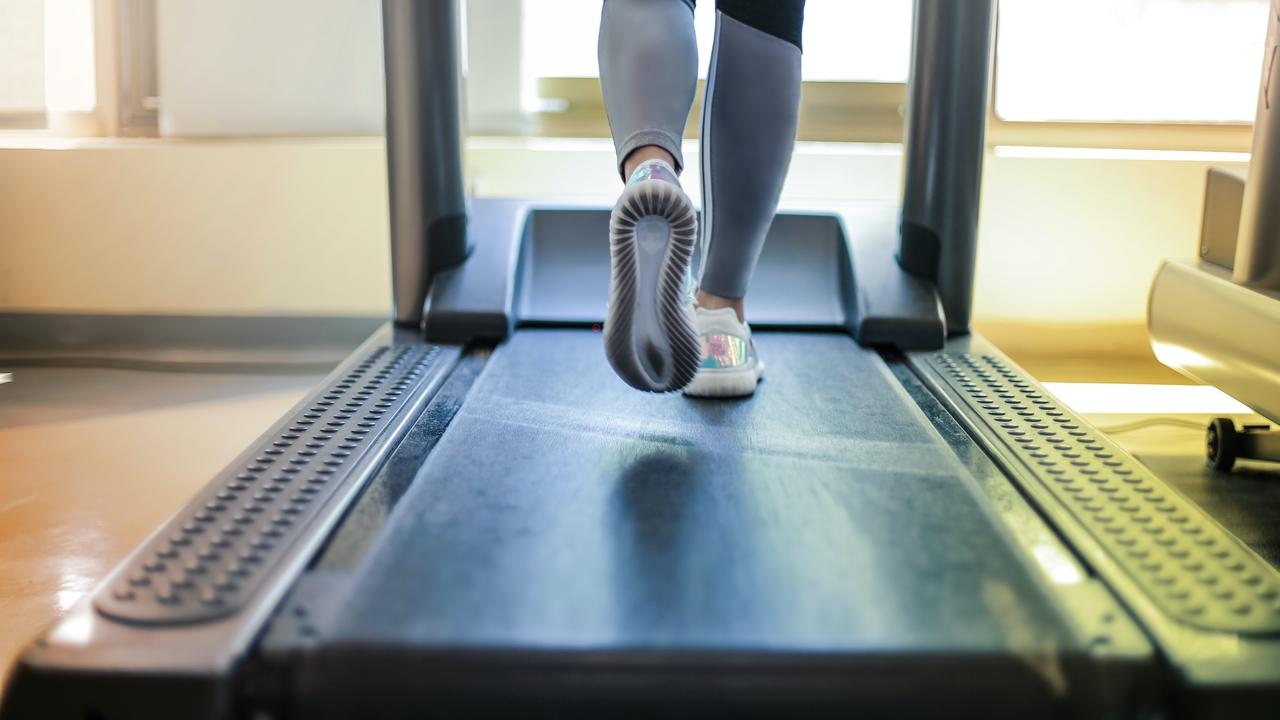Should we fuel indoor training?
Dec 28, 2020
Hands up who has embraced more indoor turbo training than they ever have with lockdown ?! Some athletes have even bought treadmills and set up their own pain caves at home!
Whilst training inside doesn’t change your requirements for carbohydrates or fluids it may be that the intensity that does. Often when we do an indoor turbo session it may be more intense, shorter, sharper; a snappier session than we may have when we ride out for 3hrs. The same goes for a treadmill session; often treadmill training is a great way to set out some specific interval sessions.
So does this change how we should fuel?
It depends…if you are performing a high-intensity session for 45 minutes or longer you may need to think about topping up your carbohydrates even if you have fuelled pre-workout.
Making sure you have adequate glycogen stores for most athletes is a focus for the last meal. If your last meal was more than 3-4hrs you may need to think about a top-up snack about 1-2hrs pre-session. This should be based on carbohydrates and can include some slow-release carbohydrates especially if you are not fuelling within the session.
For example, slower release carbohydrates could be oats, oatcakes, quinoa or sweet potato.
A snack pre-training may include about 60g carbohydrate; it is suggested to have a snack containing between 1-4g/ kg of body weight (1).
What about two quinoa and rice cakes with topped with a large mashed banana and a large glass of fruit juice or smoothie (40g carbohydrates)?
Or a wholemeal bagel topped with jam and low-fat yoghurt (70g carbohydrates)?
The big question is to fuel or not to fuel in session!
Muscle glycogen is not limited during a high-intensity session of about an hour, that is as long as there are already stores of glycogen (stored carbohydrates) present!
Of course, there are many reasons for planned training with lower carbohydrates stores but if we are looking to fully fuel a high-intensity session then carbohydrates remain king.
If the session is 45-75min and high intensity; think a big gear or FTP based session on the turbo then you could simply mouth rinse with a carbohydrate solution!
Yes, this really is a thing; did you know that just the contact of carbohydrates in the mouth may stimulate parts of the brain and central nervous system involved in well being (2)? This means simply rinsing your mouth with a carbohydrate-based drink and spitting it out maybe enough to stimulate an enhanced performance by 2-3% (1).
Not particularly practical for an indoor session, however!
So if you feel the session is a full-on session then you want to consider a 30g of carbohydrates. This may be as easy as sipping on an isotonic drink containing some carbohydrates.
On the topic of fluids; many athletes have no idea how much they may drink but the perception of most athletes is that they “sweat a lot”!
It is interesting; most athletes can see this big puddle on the treadmill or turbo mat but is it any different from when they are outside? Or do we just see it on the floor?
Likely we are seeing more of the sweat, as when we train outside there is more airflow and so can evaporate sweat more easily, so we don’t notice it as much. Also with more intense sessions, we heat up more as our muscles work harder. When we train inside for it tends to be more hot and humid; again affecting our ability to cool and evaporate sweat from the body. So we may sweat a little more as our body struggles more to cool the body down.
It doesn’t mean simply swigging on litres of fluids because they are accessible but rather more we should look to make sure that we start the session well hydrated, perhaps with some additional sodium. It is also a great idea to carry out a number of sweat loss tests to make sure that we are only consuming what we need and no over-hydrating which is very easy when you are inside with fluids being in very easy reach!
Most athletes can tolerate between 400-800ml of fluids during a session and depending on how much sodium your sweat contains and how much of a heavy sweater you are it may also be useful to add some additional sodium into the bottle as well to help retain the fluid.
Recovery after your indoor sessions are also just as important as any other; with sufficient protein (0.4g/kg body weight or about 20-30g) along with carbohydrate (starting at 1g/kg body weight).
So whether this is a tuna fish and salad sandwich or quick chicken stir fry with basmati rice make sure to replenish your glycogen stores and repair.
Remember indoor sessions are usually pretty intense and hot! So plan your nutrition to fuel your session and optimise your hydration. With winter in full swing and snow on its way, we may all be performing more indoor sessions!
- Louise M. Burke, John A. Hawley, Stephen H. S. Wong & Asker E. Jeukendrup (2011) Carbohydrates for training and competition, Journal of Sports Sciences, 29:sup1, S17-S27, DOI: 10.1080/02640414.2011.585473
- Thomas, D. & Erdman, Kelly & Burke, Louise. (2016). Position of the Academy of Nutrition and Dietetics, Dietitians of Canada, and the American College of Sports Medicine: Nutrition and Athletic Performance. Journal of the Academy of Nutrition and Dietetics. 116. 501-528. 10.1016/j.jand.2015.12.006.
